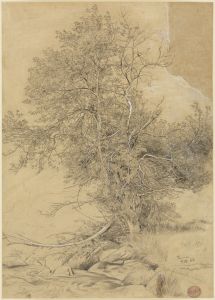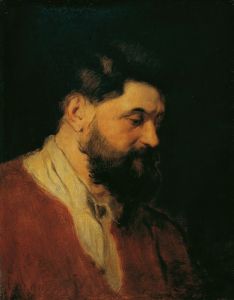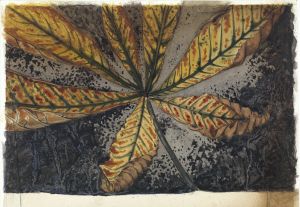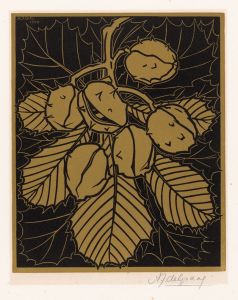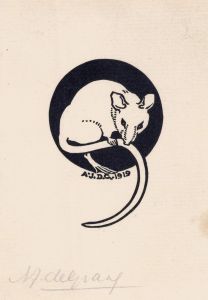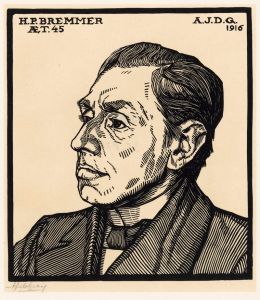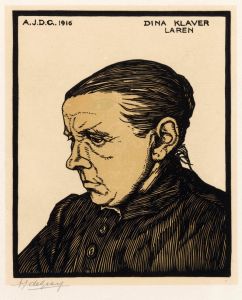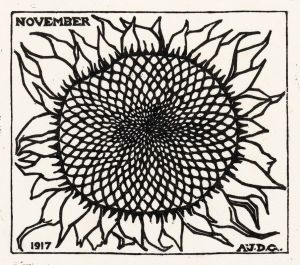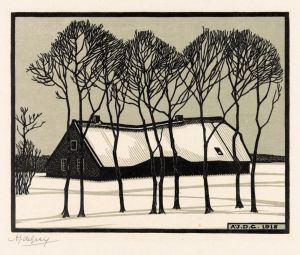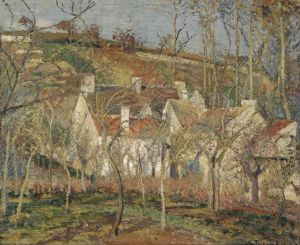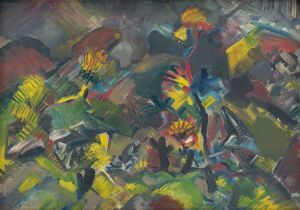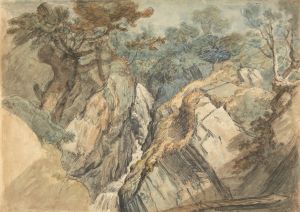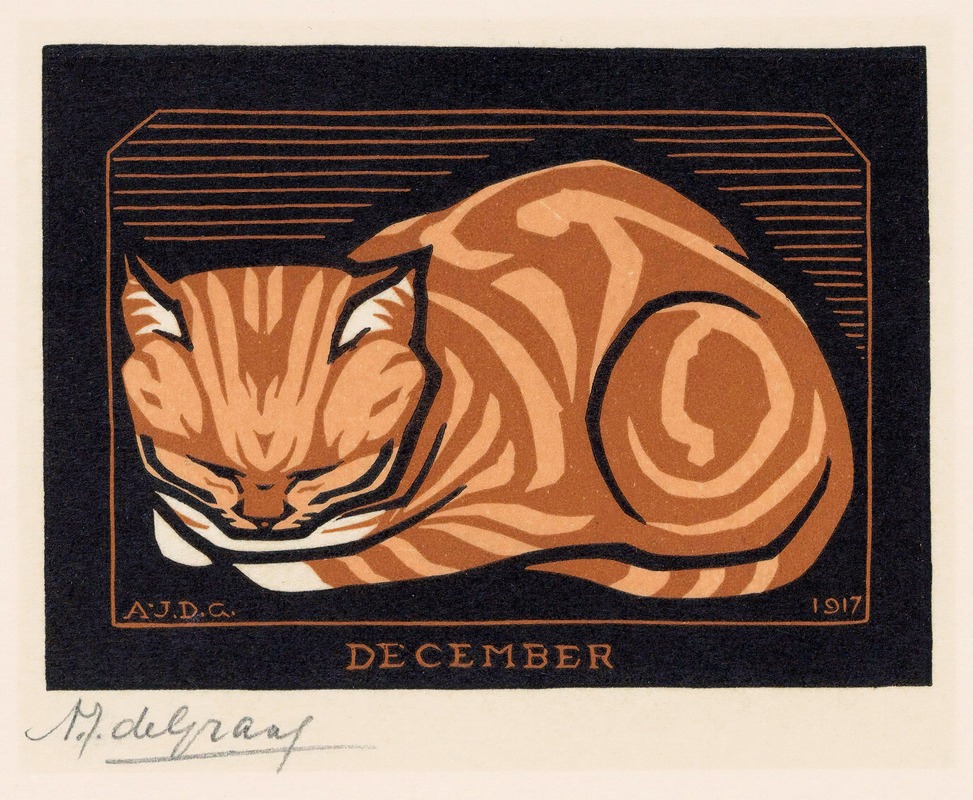
December
A hand-painted replica of Julie de Graag’s masterpiece December, meticulously crafted by professional artists to capture the true essence of the original. Each piece is created with museum-quality canvas and rare mineral pigments, carefully painted by experienced artists with delicate brushstrokes and rich, layered colors to perfectly recreate the texture of the original artwork. Unlike machine-printed reproductions, this hand-painted version brings the painting to life, infused with the artist’s emotions and skill in every stroke. Whether for personal collection or home decoration, it instantly elevates the artistic atmosphere of any space.
Julie de Graag (1877–1924) was a Dutch artist known for her graphic works, particularly woodcuts and linocuts. Her work is characterized by its simplicity, strong lines, and often features themes from nature and everyday life. One of her notable works is the piece titled "December," which exemplifies her distinctive style and artistic focus.
"December" is a linocut created by Julie de Graag in the early 20th century. The piece is part of a series of works that reflect the months of the year, capturing the essence and atmosphere of each period. De Graag's "December" is celebrated for its minimalist yet expressive depiction of winter, using stark contrasts and clean lines to convey the cold and stillness associated with the month.
The artwork typically features elements that are emblematic of December, such as bare trees, snow-covered landscapes, or winter wildlife. De Graag's use of linocut as a medium allows for bold contrasts between black and white, enhancing the visual impact of the piece. This technique involves carving a design into a linoleum surface, applying ink to the raised areas, and then pressing it onto paper, resulting in a print that emphasizes line and form.
Julie de Graag was part of the Dutch art movement known as the Hague School, which was influenced by Impressionism and focused on realistic depictions of everyday life and landscapes. However, her work also shows the influence of Art Nouveau, with its emphasis on stylization and decorative elements. De Graag's ability to blend these influences is evident in "December," where the simplicity of the composition is balanced by the intricate details of the natural forms.
Throughout her career, de Graag faced personal challenges, including health issues and the struggle for recognition in a male-dominated art world. Despite these obstacles, she produced a significant body of work that continues to be appreciated for its artistic merit and unique style. Her prints, including "December," are held in various collections and continue to be studied for their contribution to early 20th-century Dutch art.
"December" and other works by Julie de Graag are often exhibited in museums and galleries that focus on graphic arts and Dutch art history. Her work is appreciated not only for its aesthetic qualities but also for its reflection of the cultural and artistic movements of her time. De Graag's ability to capture the essence of a season or a moment with minimalistic yet powerful imagery is a testament to her skill as an artist.
In summary, "December" by Julie de Graag is a linocut that exemplifies her style and thematic focus. It is a work that captures the quiet beauty of winter through the use of strong lines and contrasts, reflecting both the natural world and the artistic influences of her era.





